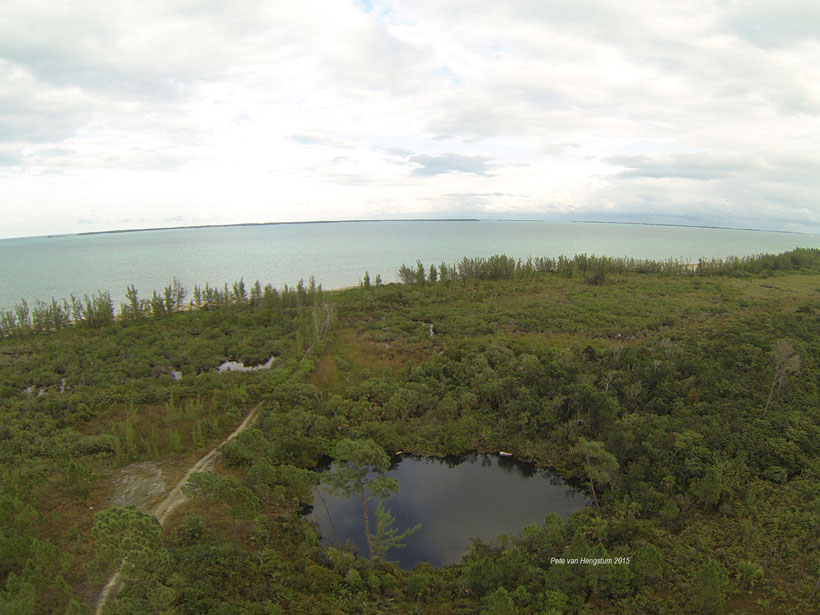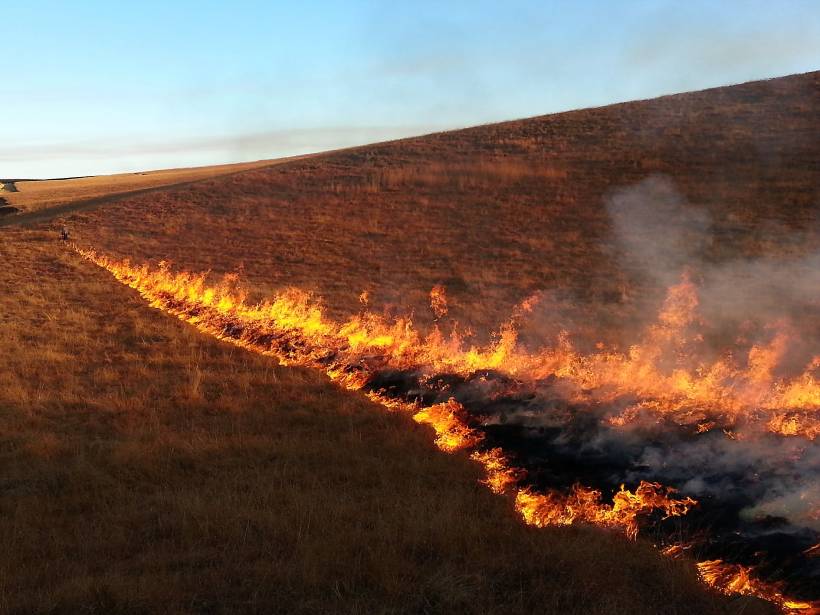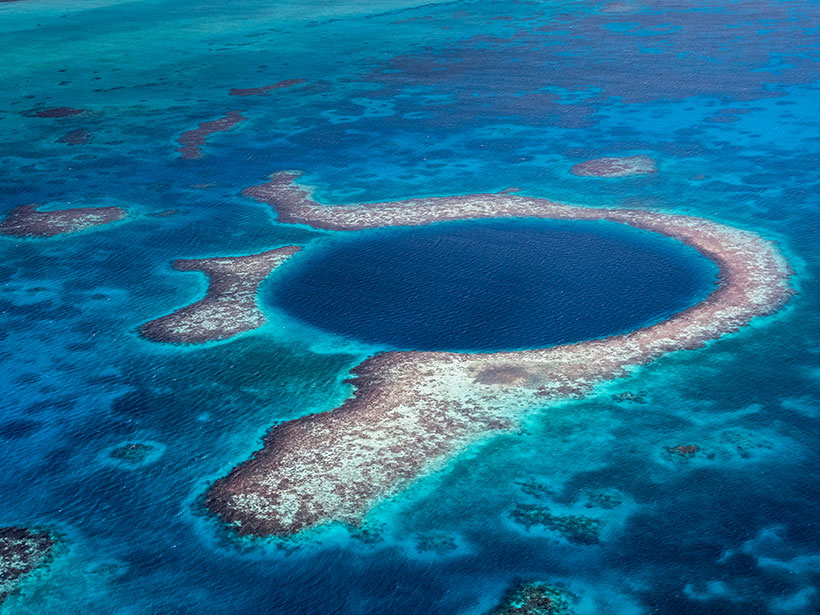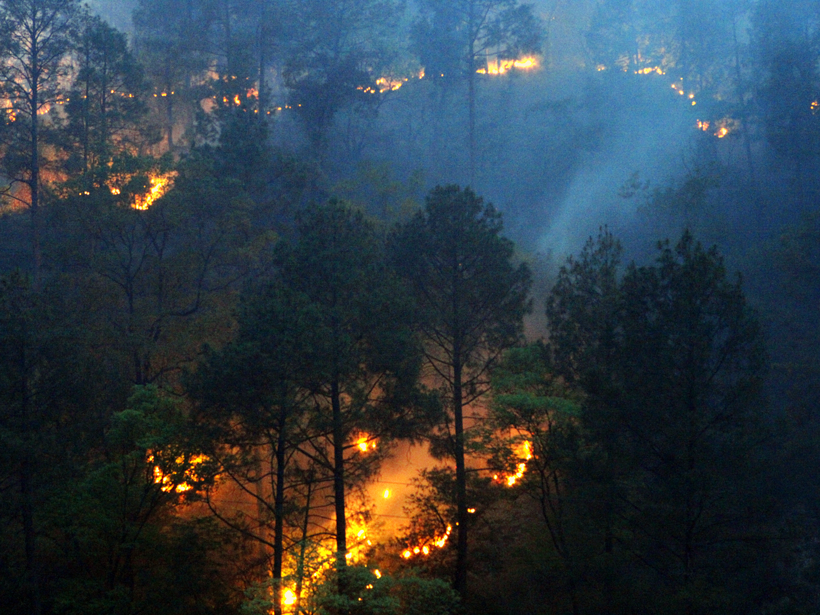Clues in sediments show that once humans arrived on Great Abaco Island, they hunted large reptiles to extinction and burned the old hardwoods and palms, leading to new pine- and mangrove-dominated lands.
L. Supriya
Lakshmi Supriya is a freelance science journalist based in Bangalore, India. She writes about anything fun, quirky, and weird that catches her eye. She also writes about the environment, climate change, physics, biology, and engineering. Her stories have appeared in Science, New Scientist, The Wire, and C&EN, among others. She was a 2019 spring intern at Mongabay Wildtech, where she covered the use of technology for wildlife conservation. She is also a recipient of the World Conference of Science Journalists 2019 Travel Fellowship and was a 2019 Woods Hole Oceanographic Institute Ocean Journalism Fellow. Before Lakshmi moved to science journalism, she spent her days as a scientist, working at several global corporations such as Intel and Saint Gobain and a few startups, developing products for the semiconductors, medical devices, and plastics industries. She has a Ph.D. in polymer science and engineering from Virginia Polytechnic Institute and State University and an undergraduate degree in industrial chemistry from the Indian Institute of Technology Kharagpur.
Zooming In on Small Fires in Africa
By analyzing high-resolution satellite images, researchers found that fires burning in Africa were undercounted by as much as 80%.
Half of Earth’s Nitrogen May Be Homegrown
A new analysis of iron meteorites reveals a distinct isotopic signature that suggests nitrogen was present around early Earth.
Taíno Stilt Houses May Have Been an Adaptation to Climate Change
A coastal village in the Caribbean flourished during a period of increased hurricanes. Research suggests the Taíno designed their dwellings to persist through the greater storm surges.
Rethinking Darwin’s Theory of Atoll Formation
Atolls have a long and complex history related to seafloor evolution, and Darwin’s model is only the beginning of the story.
Severe Cyclones May Have Played a Role in the Maya Collapse
Sediment cores from the Great Blue Hole reveal that a series of extreme storms hit the region after 900. The storms may have irreparably damaged an already stressed Maya population.
COVID-19 Lockdown Reduces Forest Fires in the Western Himalayas
The overlap between peak fire season and pandemic response has made for a serendipitous experiment in forest fires in two Indian states. Humans, not lightning, seem to be the likeliest culprit.
Sea Caves Hold Clues to Ancient Storms
Sediments dug up from sea caves help reconstruct past climate, contributing to better storm predictions.








